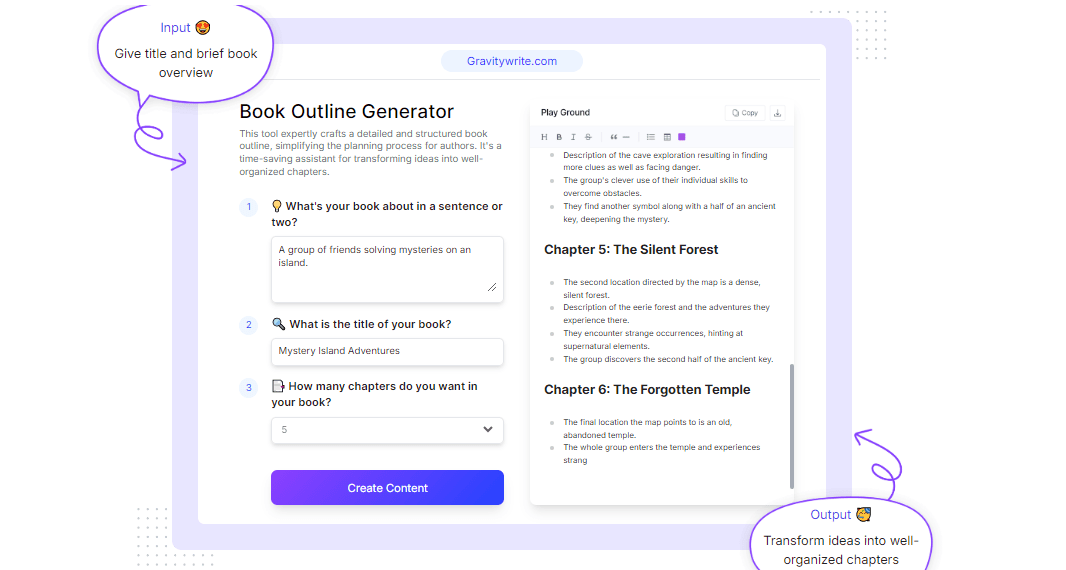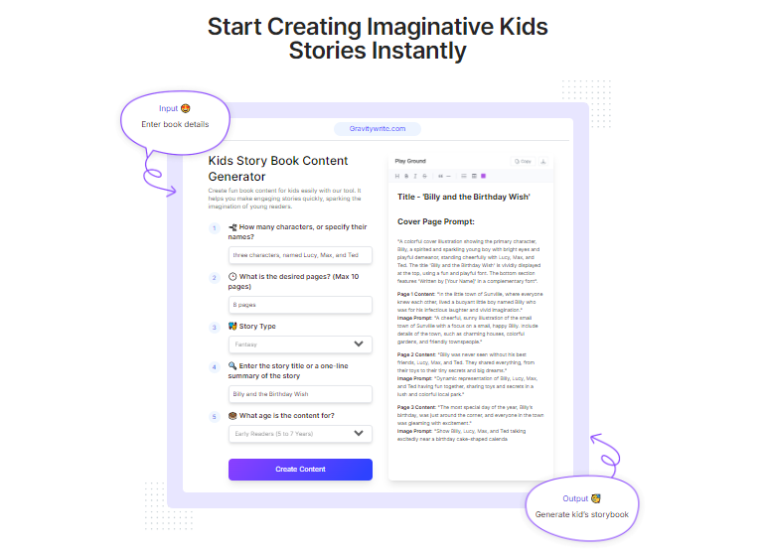Comprehensive guide on how to write a book outline, including detailed steps, tips, and frequently asked questions. Learn how to structure your story effectively and bring your ideas to life.
Introduction:
Creating a well-structured book outline is a crucial step in the writing process. It serves as a roadmap, guiding you through the development of your story and ensuring a cohesive narrative. In this comprehensive article, we will delve into the art of book outlining, providing you with valuable insights and practical tips to help you craft a compelling and engaging outline for your literary masterpiece.
Understanding the Importance of a Book Outline
Creating a well-structured book outline is a crucial step in the writing process. It serves as a roadmap, guiding you through the development of your story and ensuring a cohesive narrative. In this comprehensive article, we will delve into the art of book outlining, providing you with valuable insights and practical tips to help you craft a compelling and engaging outline for your literary masterpiece.
Watch How GravityWrite Creates Books in Seconds!
Get Started With GravityWrite Today!
The Foundation of Your Story
A book outline is the backbone of your story. It provides a clear structure and direction, helping you organize your thoughts and ideas. By outlining your story, you can ensure that your plot is consistent, your characters are well-developed, and your themes are effectively explored.
Benefits of Outlining
- Clarity and Focus: A well-structured outline helps you maintain a clear focus on your story’s central theme and plot points.
- Time and Effort Saving: By outlining your story before you start writing, you can avoid getting lost or stuck during the writing process.
- Improved Pacing: An outline helps you maintain a consistent pace throughout your story, ensuring that your readers are engaged from beginning to end.
- Enhanced Organization: Outlining helps you organize your thoughts and ideas in a logical and coherent manner.
Overcoming the Fear of Outlining
Many writers feel intimidated by the prospect of outlining their stories. They may worry that outlining will stifle their creativity or limit their ability to explore new ideas. However, the truth is that outlining can actually be a liberating experience. By outlining your story, you can free yourself from the fear of the blank page and focus on developing a strong narrative structure.
Pre-Writing Activities
Before you start outlining, it’s important to spend some time brainstorming and researching your story. This will help you develop a deeper understanding of your characters, setting, and plot.
Brainstorming Techniques
- Mind Mapping: Create a visual representation of your story’s main ideas and how they connect to each other.
- Freewriting: Write down whatever comes to mind for a set amount of time, without worrying about grammar or spelling.
- Character Development: Create detailed character profiles, including their backstories, motivations, and goals.
- Setting Exploration: Research and describe the setting of your story, including its physical characteristics, atmosphere, and history.
- Plot Ideas: Brainstorm different plot points, conflicts, and resolutions for your story.
Research and Worldbuilding
If your story takes place in a fictional world, you’ll need to do some research and worldbuilding. This involves creating a detailed description of your world, including its history, geography, culture, and laws.
Character Backstories
Developing detailed backstories for your characters can help them feel more real and relatable to your readers. Consider their childhood experiences, relationships, and defining moments.
Setting Descriptions
Use vivid language to describe the setting of your story. This will help your readers visualize the world you’ve created.
Get Started With GravityWrite Today!
Developing Your Outline Structure
Once you’ve done some pre-writing, it’s time to start developing your outline structure. There are several different methods you can use, including the traditional outline, reverse outline, snowflake method, and storyboard.
Choosing an Outline Method
- Traditional Outline: This method involves creating a hierarchical structure of headings and subheadings.
- Reverse Outline: This method involves writing your story first and then creating an outline based on the content.
- Snowflake Method: This method involves starting with a single sentence summary and gradually expanding it into a more detailed outline.
- Storyboard: This method involves creating a series of visual representations of your story’s key scenes.
Creating a Synopsis
Before you start outlining your story, it can be helpful to write a synopsis. This is a brief summary of your story’s plot, characters, and setting.
- One-Sentence Summary: This is a concise statement that captures the essence of your story.
- Logline: This is a more detailed summary that includes the main characters, conflict, and resolution.
- Detailed Synopsis: This is a longer summary that provides more detail about the plot, characters, and setting.
Structuring Your Chapters
Once you have a basic outline, you can start to structure your chapters. A typical novel structure includes a beginning, middle, and end.
- Beginning: This is where you introduce your characters, setting, and conflict.
- Middle: This is where the main action of your story takes place.
- End: This is where the conflict is resolved and the story comes to a conclusion.
Get Started With GravityWrite Today!
Fleshing Out Your Outline
Now that you have a basic outline structure, you can start to flesh out your outline with more detail. This involves developing your characters, plot, theme, and scene structure.
Character Arcs
- Goals and Obstacles: What are your characters’ goals, and what obstacles are they facing?
- Growth and Transformation: How do your characters change and grow throughout the story?
Plot Development
- Conflict and Tension: What is the main conflict of your story, and how does it create tension and suspense?
- Twists and Turns: Are there any unexpected twists or turns in your plot?
- Pacing and Rhythm: How does the pace of your story vary? Are there any slow or fast-paced sections?
Theme Exploration
- Central Message: What is the main message or theme of your story?
- Underlying Themes: Are there any underlying themes that are explored in your story?
Scene Structure
- Beginning, Middle, and End: Each scene should have a clear beginning, middle, and end.
- Show, Don’t Tell: Use vivid descriptions and dialogue to show your readers what’s happening, rather than simply telling them.
Tips for Effective Outlining
- Be Flexible and Adaptable: Your outline is a living document, and it’s okay to make changes as you write.
- Seek Feedback and Critique: Share your outline with other writers or friends and family to get feedback.
- Take Breaks and Reflect: Step away from your outline periodically to gain a fresh perspective.
- Visualize Your Story: Create a mental image of your story to help you visualize the characters, setting, and plot.
Frequently Asked Questions (FAQs)
- How long should a book outline be? The length of your outline will depend on the length of your book. However, a typical novel outline might be several pages long.
- Can I change my outline as I write? Yes, it’s perfectly normal to make changes to your outline as you write.
- What if I get stuck during the outlining process? If you’re stuck, try taking a break or talking to another writer.
- Is it okay to use templates or examples? Yes, using templates or examples can be a helpful way to get started.
- How do I know if my outline is strong? A strong outline will be clear, concise, and well-organized. It should provide a clear roadmap for your story.
Get Started With GravityWrite Today!
Conclusion
Writing a book outline is an essential step in bringing your literary vision to life. By following the guidelines and tips outlined in this article, you can create a solid foundation for your story, ensuring a well-structured and engaging narrative. Remember, the outlining process is a journey of discovery, so embrace the flexibility and adaptability that comes with it. With dedication, creativity, and a well-crafted outline, you are well on your way to authoring a remarkable book.
Discover more from ZornSoftware
Subscribe to get the latest posts sent to your email.




